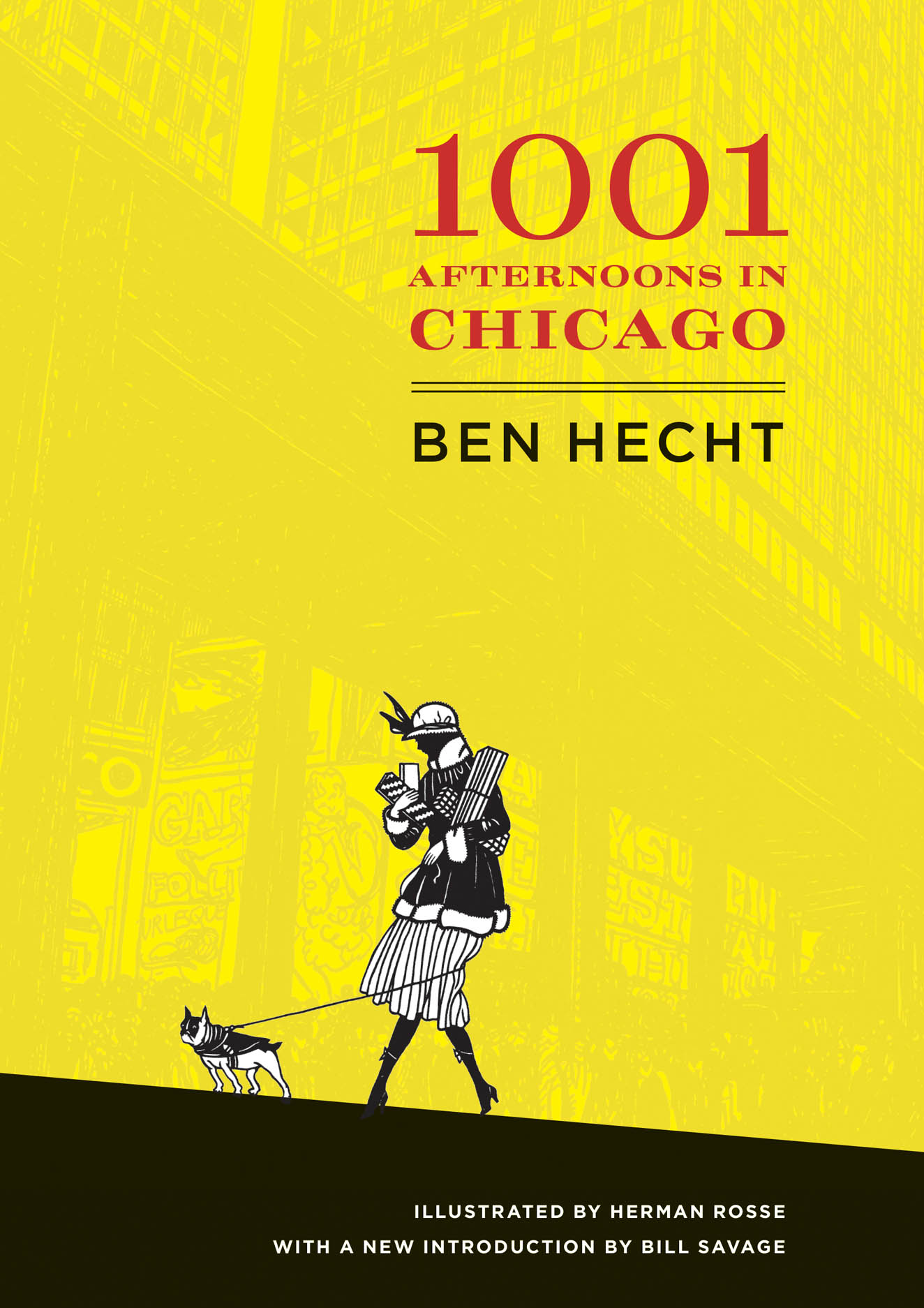Ben Hecht’s “Journalism Extraordinary”

Yesterday was the birthday of Ben Hecht. Though best known for his second career as a Hollywood screenwriter (he won an Oscar for 1927’s Underworld and wrote or contributed to some of the most beloved films of all time), Hecht cut his teeth as a Chicago journalist before he headed west. Writing for the Chicago Daily News, he penned an enormously popular column called A Thousand and One Afternoons in Chicago, which was assembled into a book in 1922 that bought Hecht his first dose of fame. A timeless caricature of urban American life in the jazz age, Hecht’s book captured 1920s Chicago in all its furor, intensity, and absurdism. From the glittering opulence of Michigan Avenue to the darkest ruminations of an escaped convict, from captains of industry to immigrant day laborers, he embodied many voices and many lives. As the New York Times wrote, “Mr. Hecht is attempting to do for Chicago something of what Dickens did for London; he stands appalled before the spectacle of the streets with their tumultuous, mysterious throngs.”
The Press reissued A Thousand and One Afternoons in Chicago last year. Featuring sixty-four columns illustrated with striking pen drawings by Herman Rosse, our new edition is supplemented with an introduction by William Savage, a scholar of Chicago’s early-twentieth century literary history, who sets the book in its historical, biographical, and literary context. As he writes, “A Thousand and One Afternoons in Chicago still speaks to anyone interested in urban history, in urban aesthetics, or in good story-telling.”
Last year, Julia Keller, Chicago Tribune cultural critic agreed, writing in a review:
The columns in A Thousand and One Afternoons in Chicago are scruffy time capsules of an earlier Chicago, an era that is long gone but still recognizable to readers’ imaginations. Michigan Avenue, Lake Michigan, street names such as Dearborn and Adams and LaSalle and Wabansia, places such as the Art Institute of Chicago—they’re all here, sprinkled amid Hecht’s nervous little haikus of urban life. He calls Chicago ‘a razzle-dazzle of dreams, tragedies, fantasies,’ and his tales capture gorgeous scraps of it, vivid vignettes starring businessmen and hobos and cops and socialites and janitors.… Thanks to Hecht, the Chicago of 1922 and the Chicago of 2009 bump into each other, shake hands, exchange greetings. Then, this being Chicago, they go for a drink and talk about old times. New ones too.
So, as a birthday gift to the late Hecht, take a closer look at his Chicago. It will be a gift to you, as well.